
The Disease
Prevention of ileitis
The best preventative option for ileitis depends on the specific farm
Find out the best option to control this disease
The big secret for an effective control of ileitis is the prevention based on the controlled exposure of the animals to L. intracellularis, with none or minimal disease, this allowing for the development of a protective immune response. The prevention of ileitis will be the topic of this article.
The good news is that this immunity will last until slaughter age, and there will be no relapse of the disease in these animals. The bad news is that these controlled exposures are easier said than done. In other words, it is not an easy task to accomplish, as each herd may have different kinetics of infection depending on the pig flow, facilities, type of floor, pig density, etc. Anyhow, below we can find the description of the antimicrobial and vaccine protocols available to control acute outbreaks and the chronic or subclinical disease that represent the second scenario based on the clinical presentation in a herd.
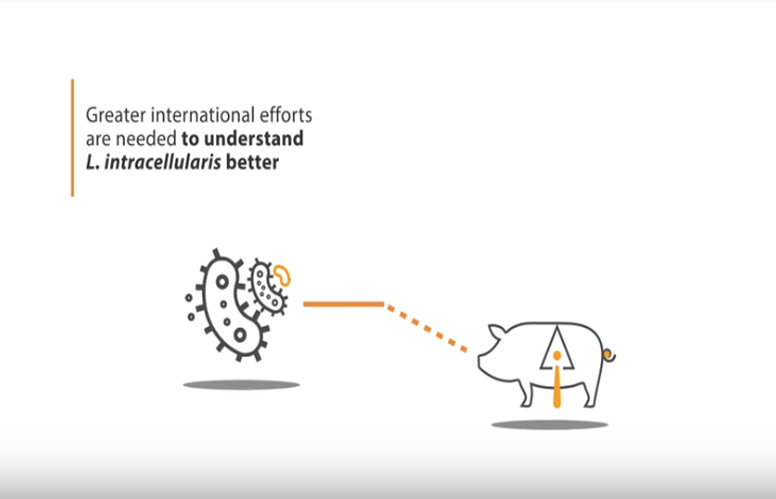
History and Etiology of ileitis
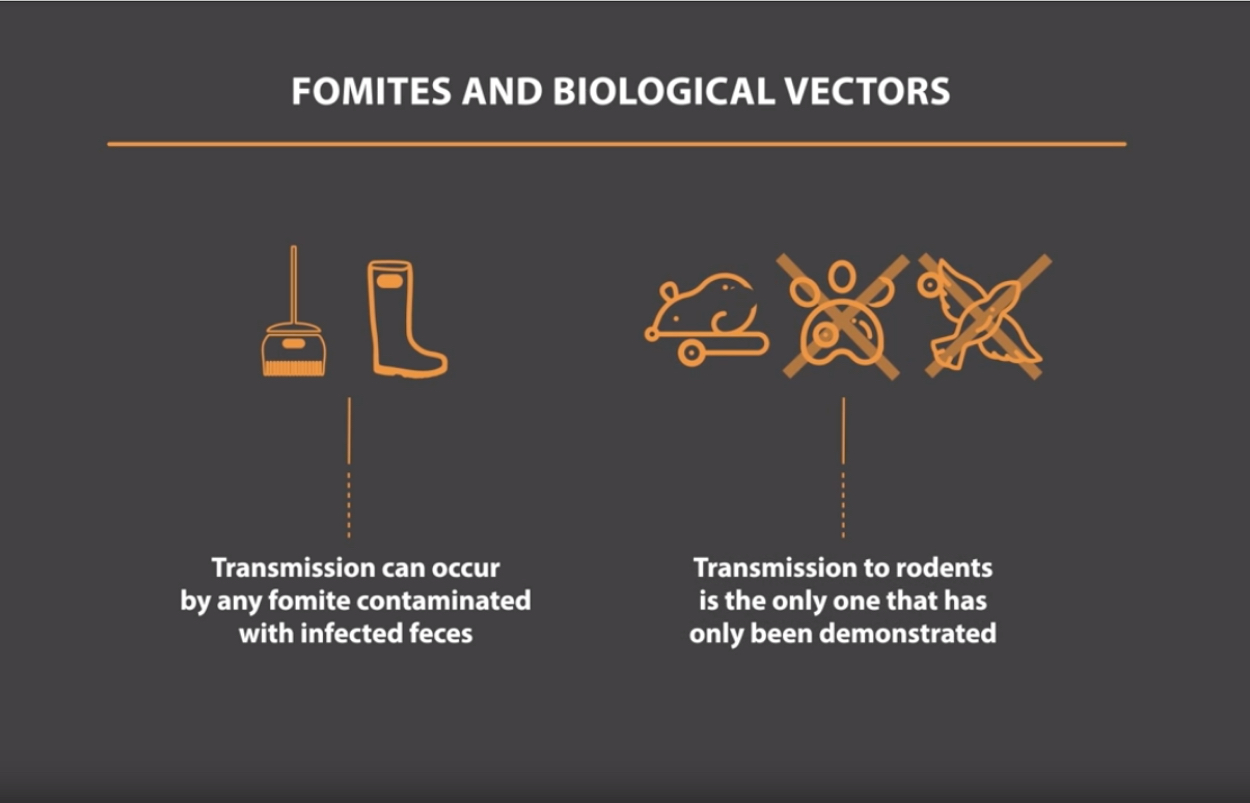
Epidemiology of ileitis
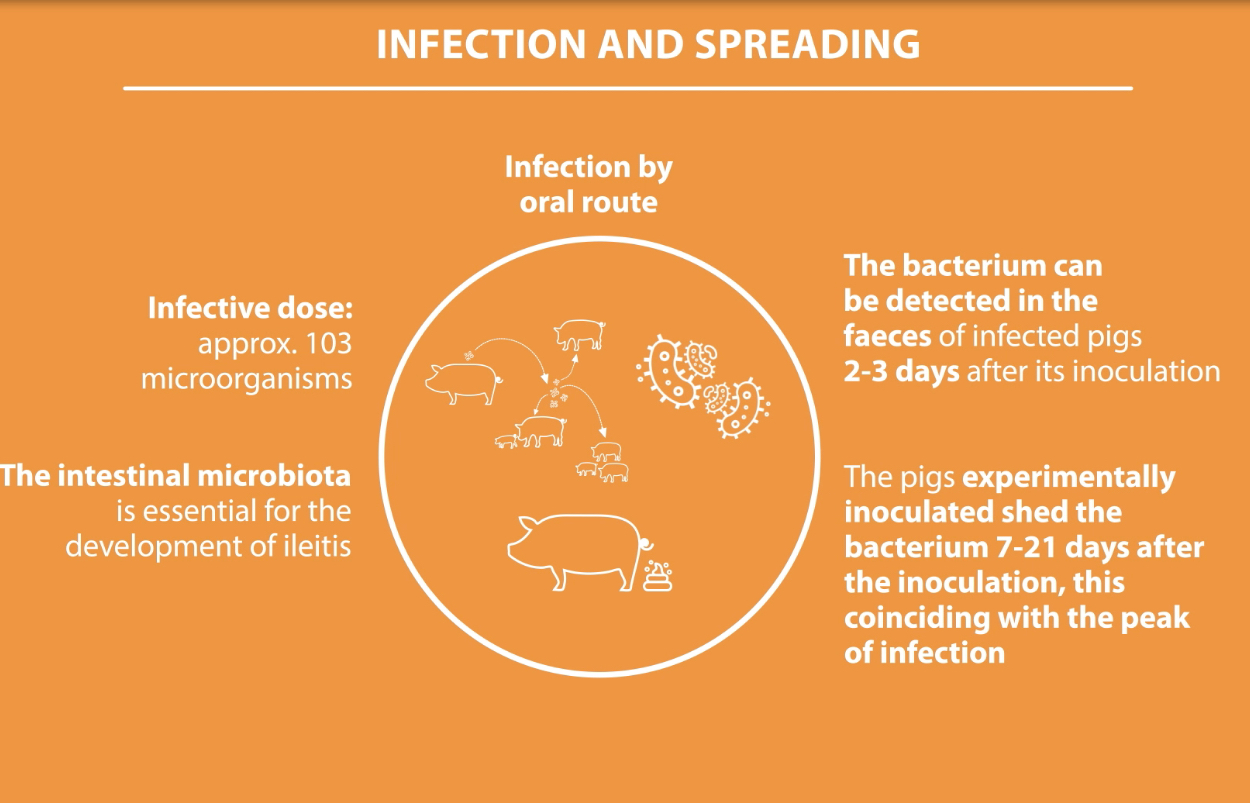
Pathogenesis of L. Intracellularis
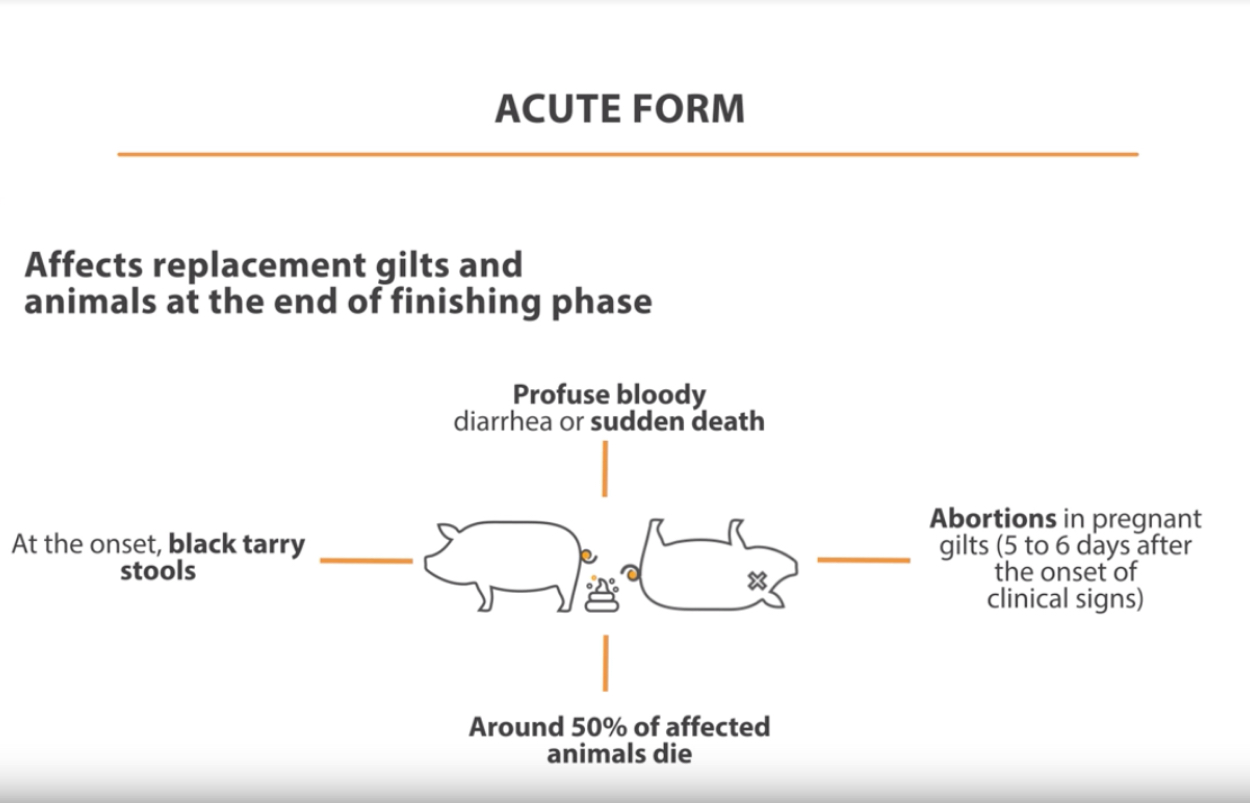
Clinical signs and forms of ileitis
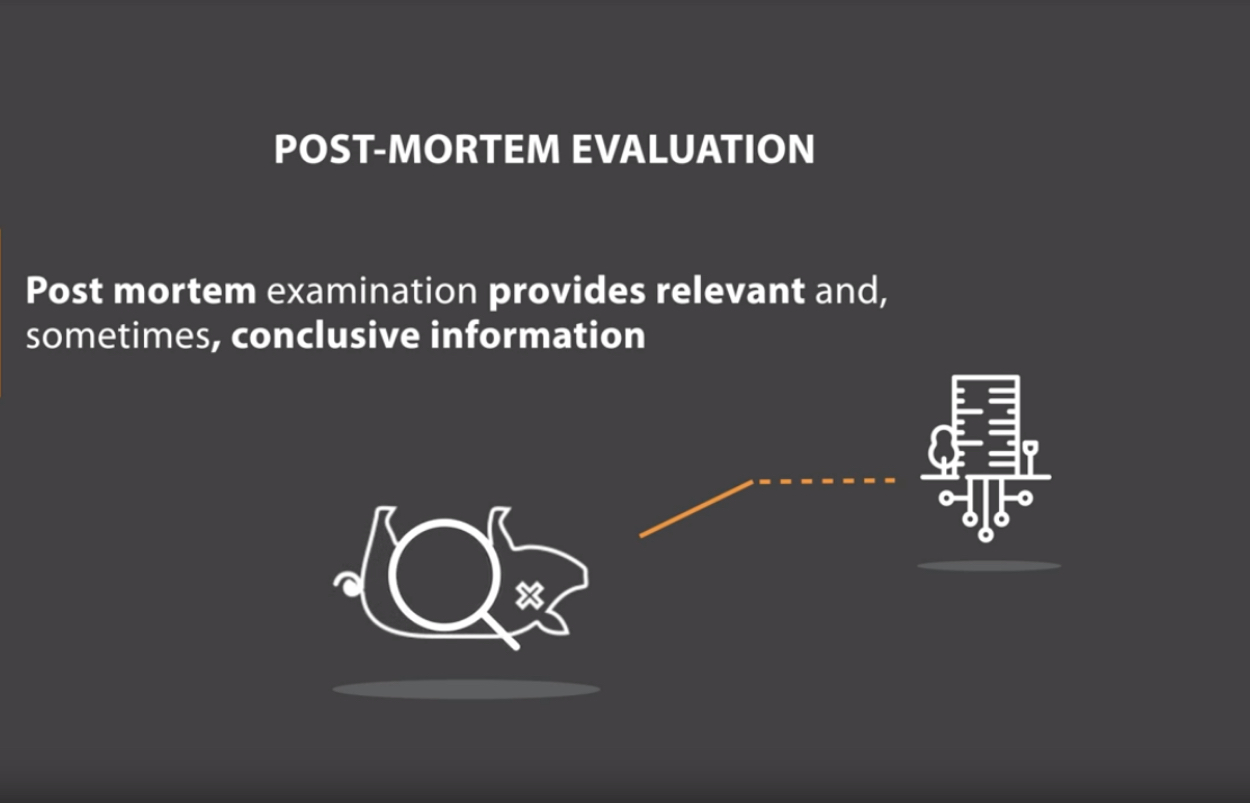
Diagnosis of ileitis
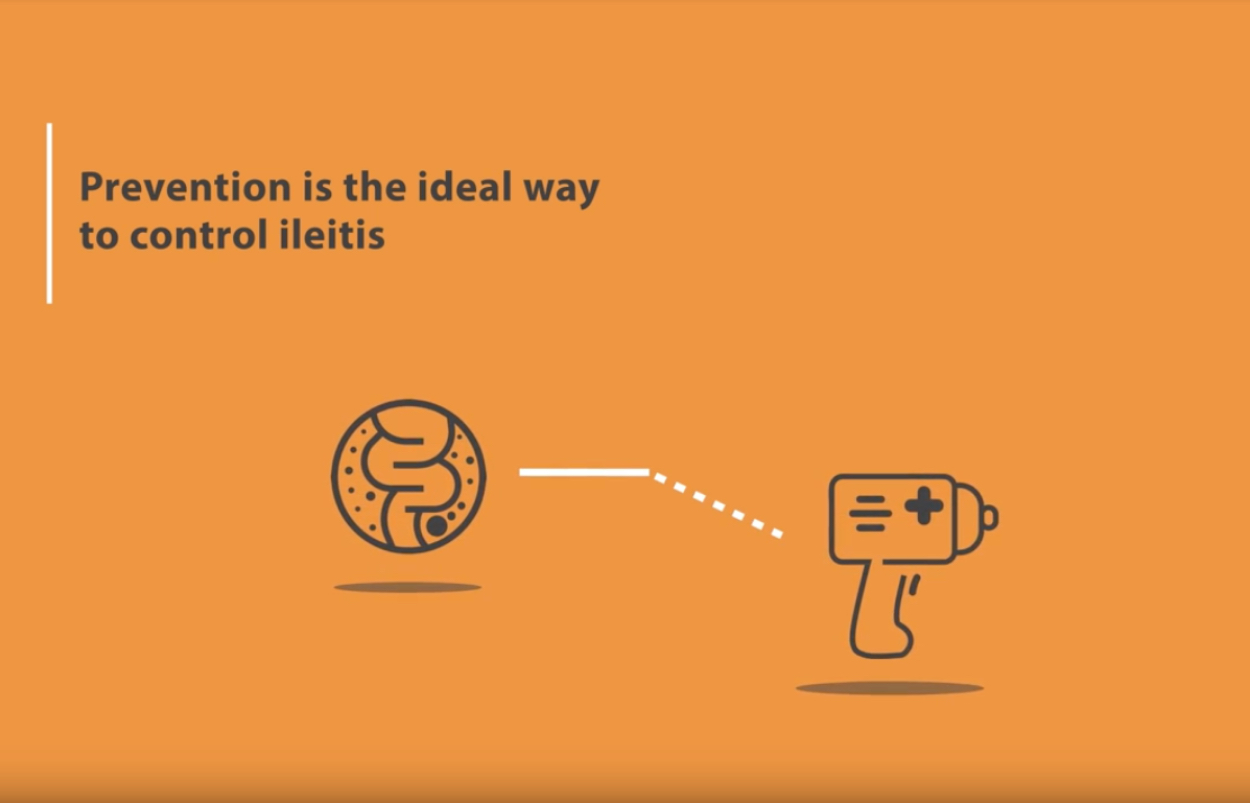
Treatment of ileitis
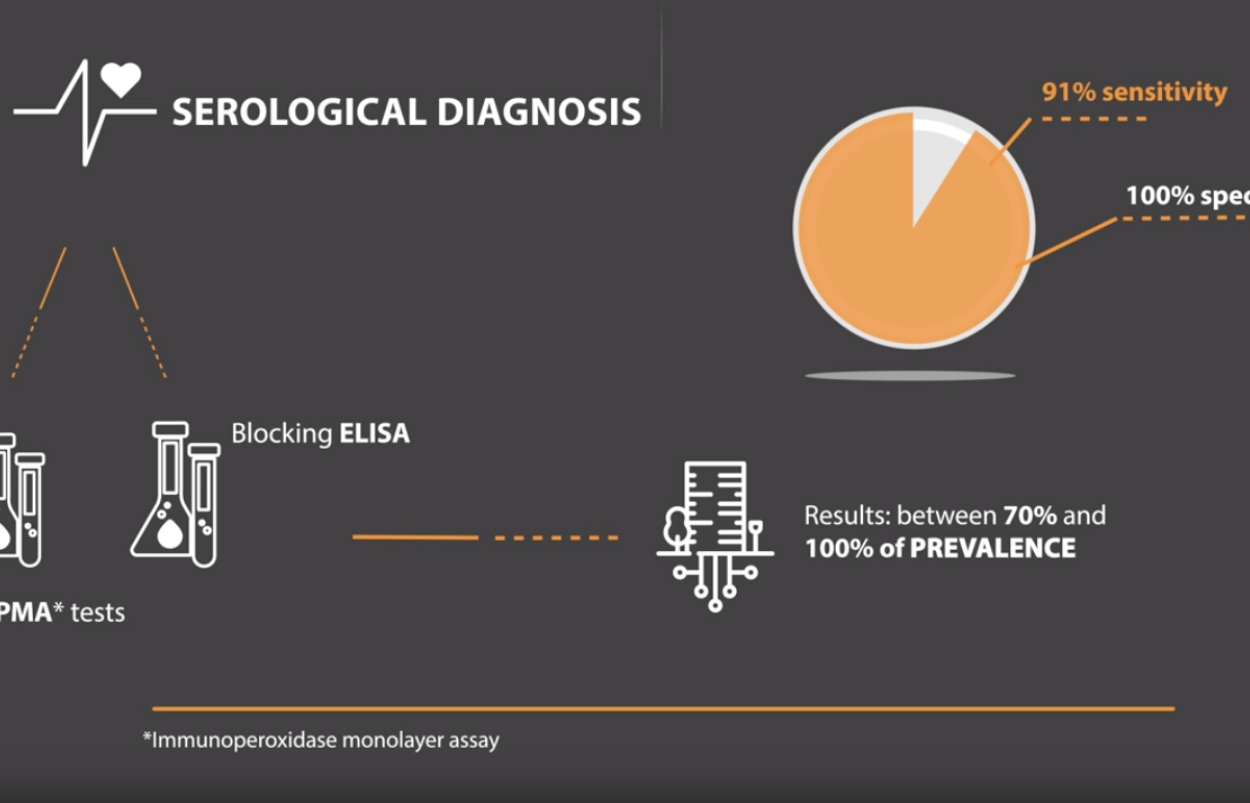
Prevalence of ileitis
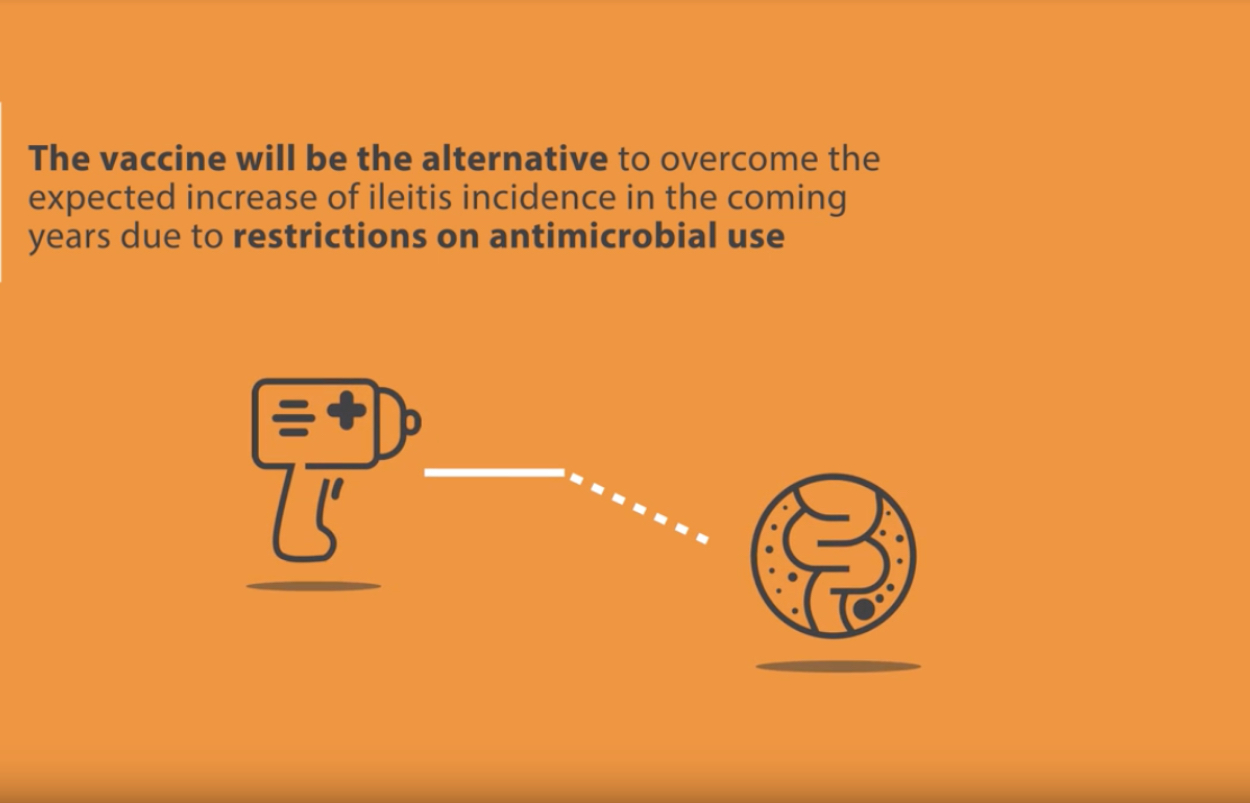
Potential impact of the reduction of antibiotics


